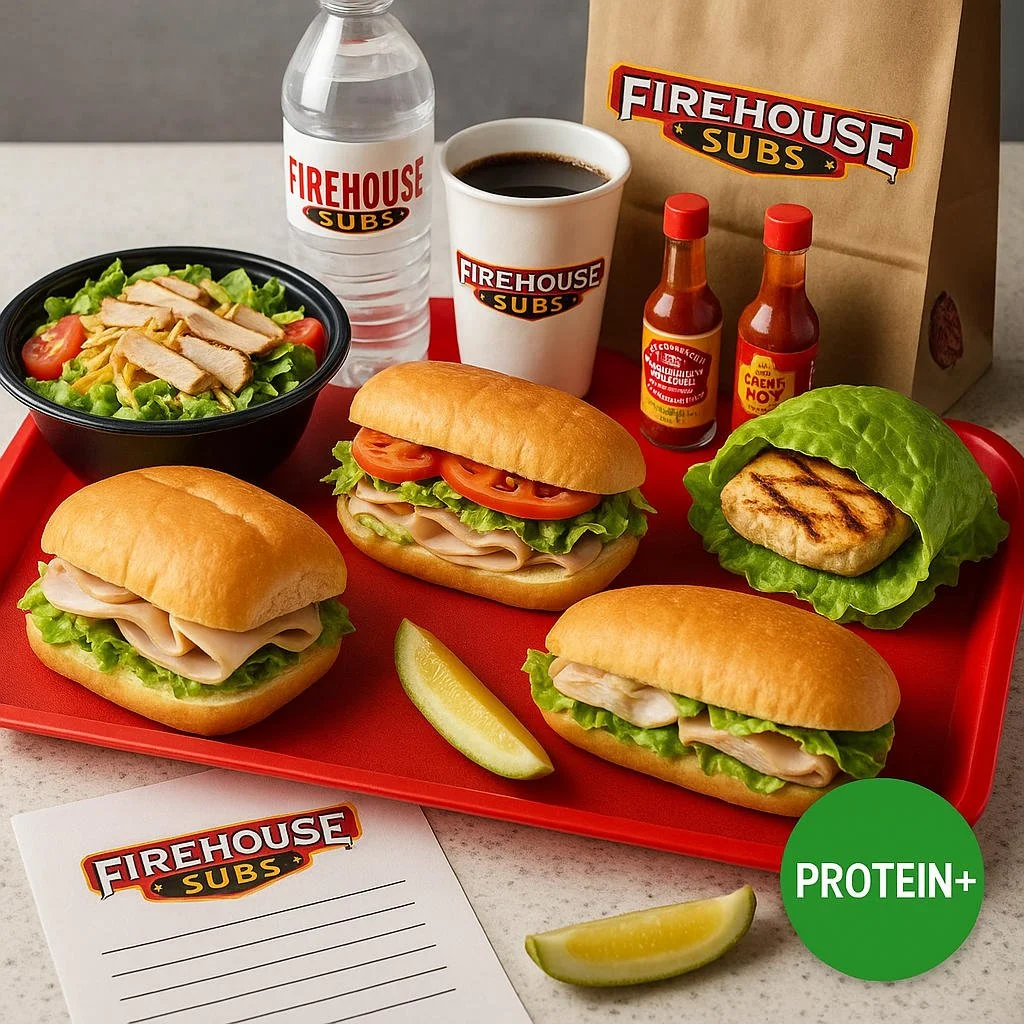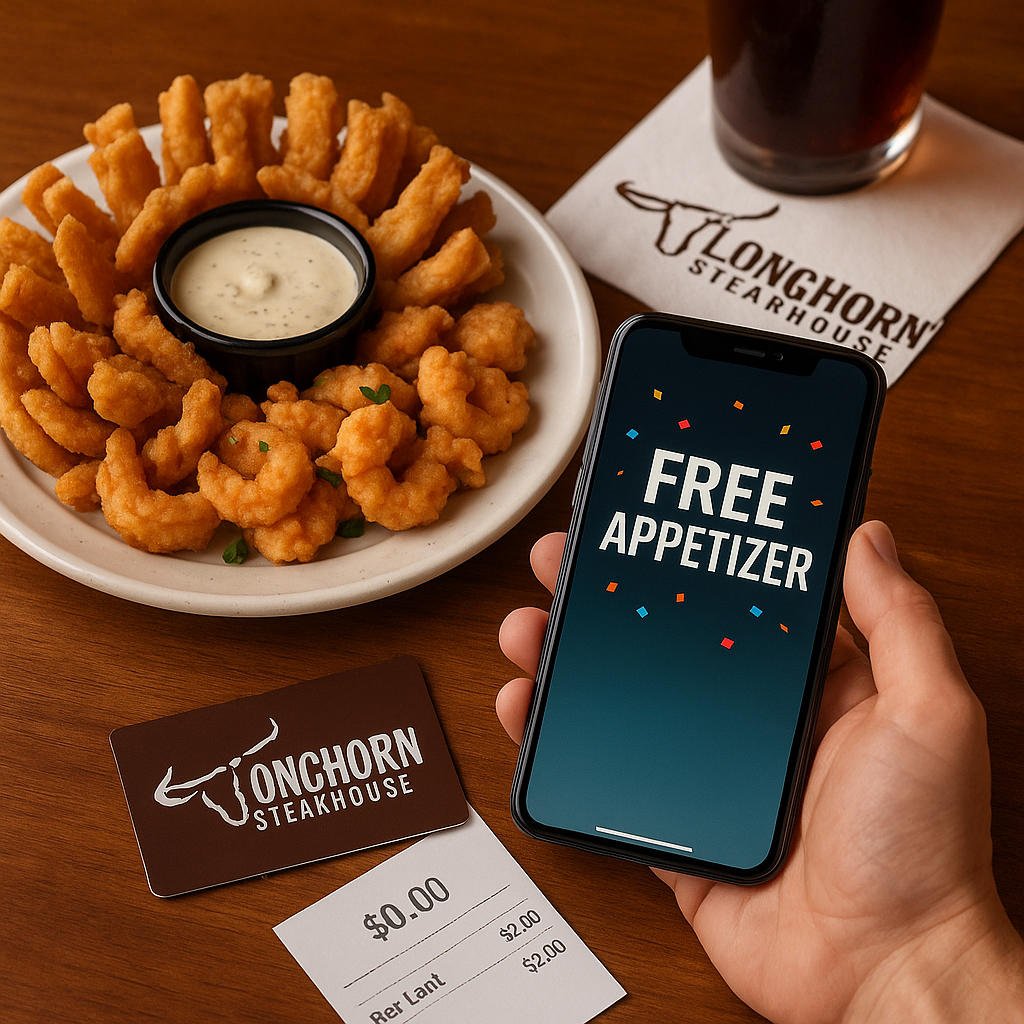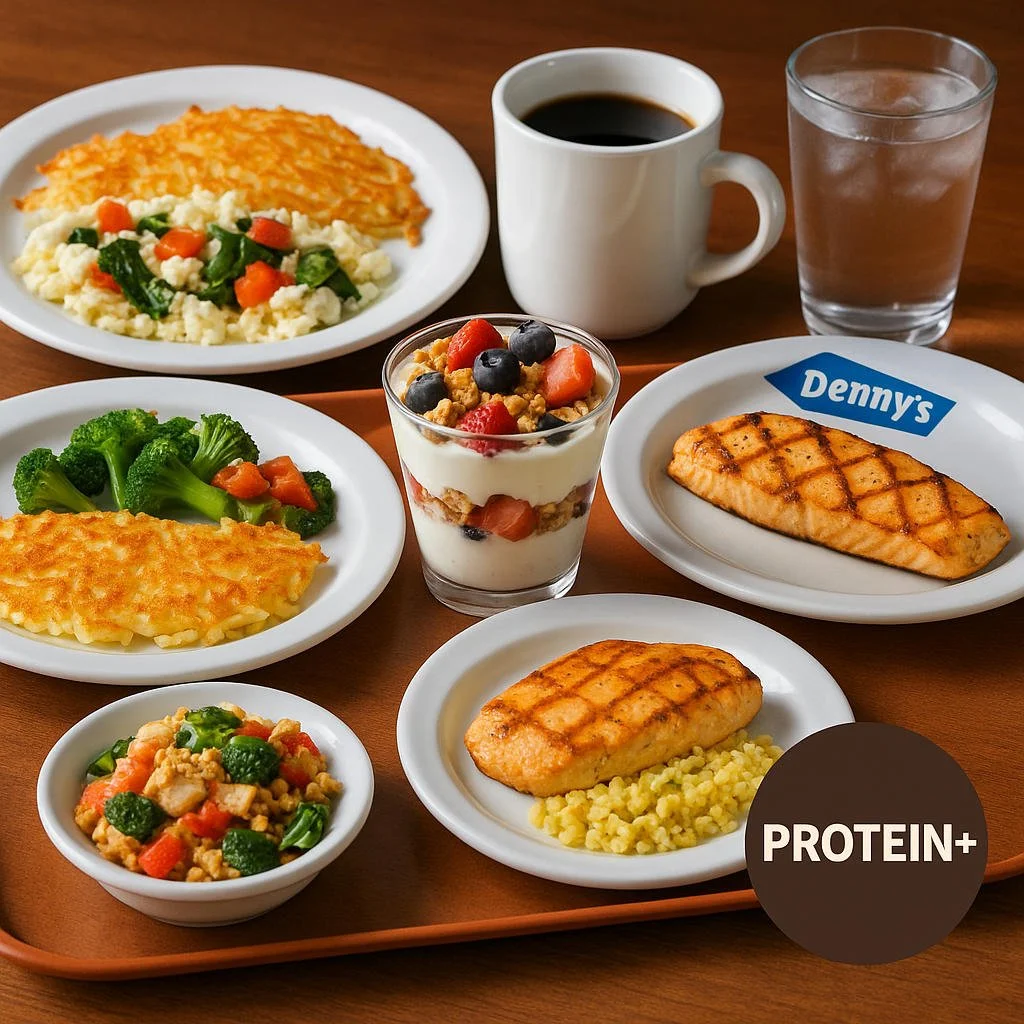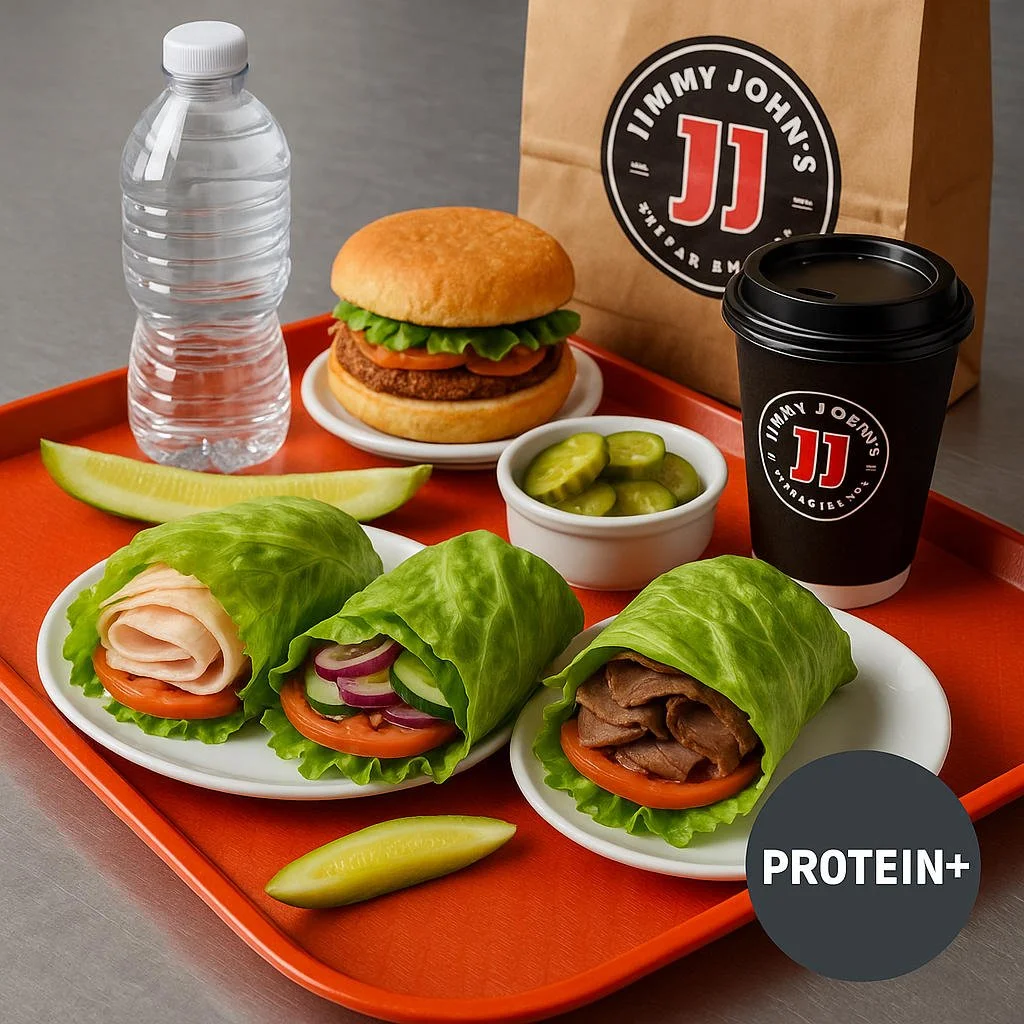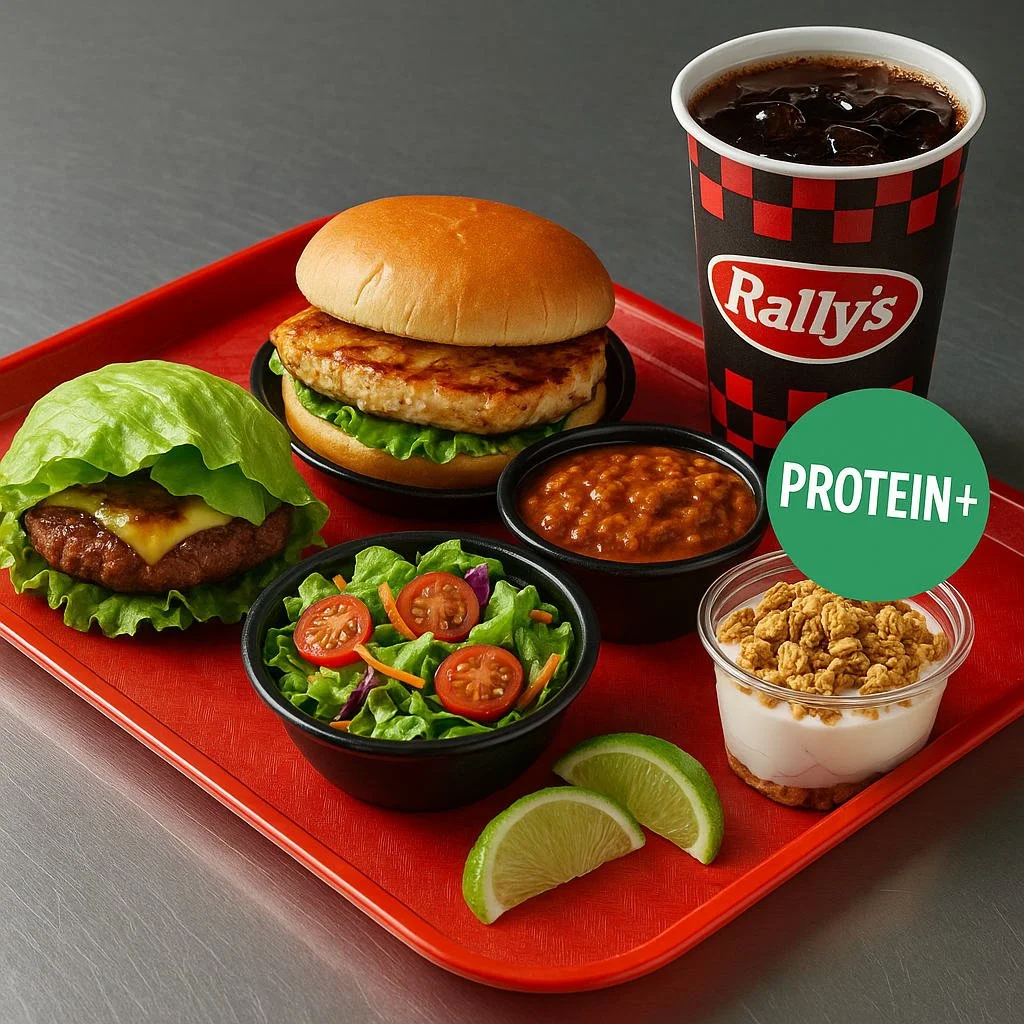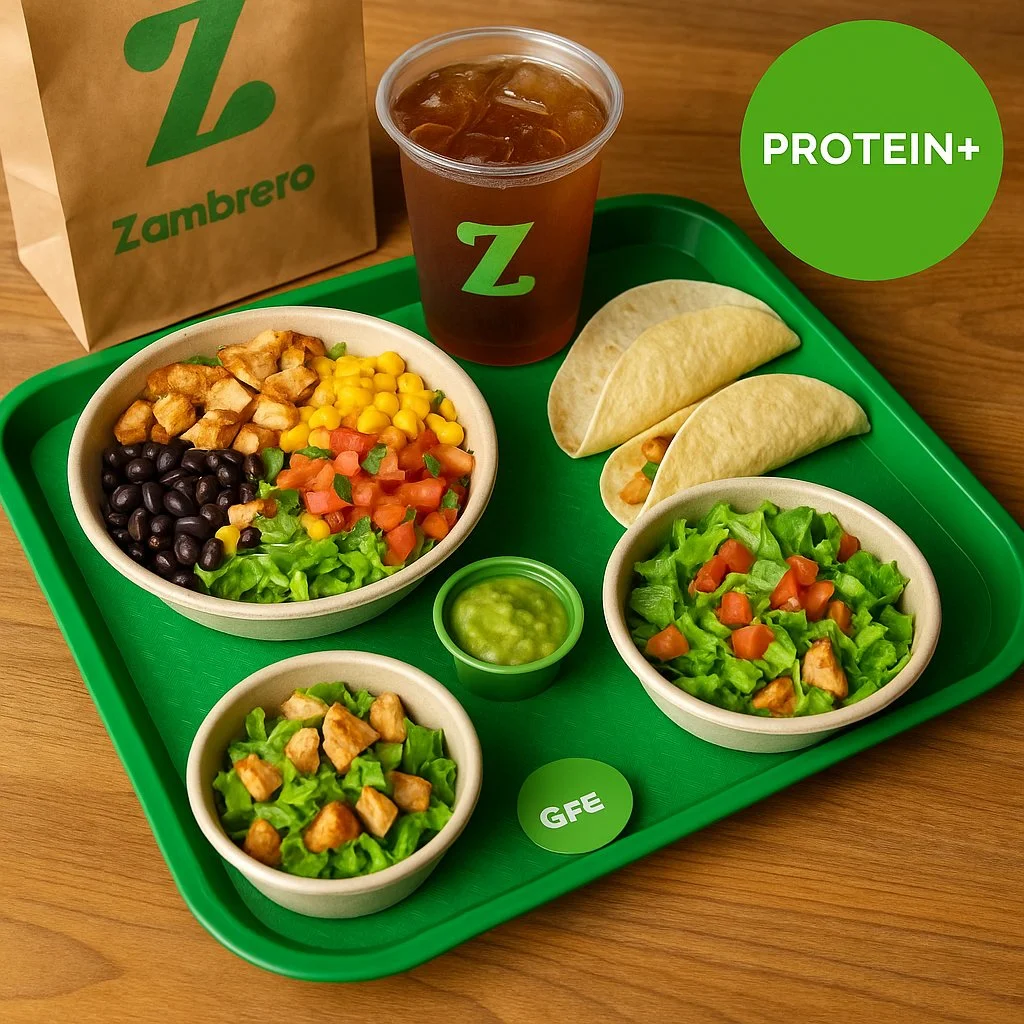Low-Calorie, High Protein Options at Tim Horton’s (2025)
October 2025 Update
You don’t have to blow your macros at the Tims drive-thru. With a few smart choices (and even smarter customizations), you can keep calories reasonable while getting enough protein to stay full, focused, and energized. This 2025 refresh highlights the current standouts and gives you simple ordering scripts that work at the counter.
What “low-calorie, high-protein” means here
Low-calorie: typically ≤400–500 kcal for a single item, ≤600–700 kcal for a combo (item + drink).
High-protein: ≥15 g protein per item, with callouts when you can reach 20–30+ g.
Note: Numbers vary slightly by location and build (cheese/sauces matter). Treat these as practical ranges.
Quick Picks (best bets right now)
Protein Latte (medium, hot): roughly ~20 g protein for ~170–190 kcal. (Iced versions trend slightly lower protein.) You can also ask to use the same high-protein dairy in other coffees for a lean protein boost.
Small Chili: about ~23 g protein for ~300–350 kcal. Hearty, savoury, and hard to beat for fullness per calorie.
Greek Yogurt with Berries & Granola: ~15 g protein, ~250–300 kcal. Great as a light breakfast or protein top-up.
Breakfast Sandwich on English Muffin (Bacon, Egg & Cheese): ~15–20 g protein, ~320–360 kcal depending on build.
Sausage, Egg & Cheese on English Muffin: ~18–22 g protein, ~400–460 kcal; trim calories by skipping cheese or sauce.
Pro combo: Small Chili + Protein Latte ≈ ~500–550 kcal, ~40+ g protein. Surprisingly filling.
Coffee + Protein: the 2025 game-changer
Tim Hortons’ protein beverages make hitting your protein target way easier. Default to a medium Hot Protein Latte when you need a “no-chew” protein hit. If you prefer regular coffee or cold brew, ask if they can swap in the high-protein dairy—you’ll lift protein without turning your drink into a dessert.
Order it like this:
“Medium Hot Protein Latte with no added sugar. If flavour, just one pump vanilla.”
Breakfast: best orders & how to tweak them
General rules
English muffin > biscuit/croissant to keep calories down.
Add an extra egg (clean protein) instead of doubling meat.
Bacon/ham are lighter than sausage. If you choose sausage, drop cheese or sauce.
Pair with a Protein Latte if the sandwich alone won’t reach your protein goal.
Winning orders
Bacon, Egg & Cheese on English Muffin + Protein Latte → ~35–40 g protein total, still moderate calories.
Egg & Cheese on English Muffin (no meat) + Greek Yogurt Parfait → light calories, ~25–30 g protein combined.
Sausage, Egg on English Muffin (no cheese) + Protein Latte → satisfies the sausage craving and keeps macros balanced.
Lunch & Anytime Savoury
Small Chili is your anchor: high satiety, great protein-per-calorie.
Grilled chicken items (when available) can be strong choices—ask for no mayo/aioli, extra lettuce/tomato, and consider skipping cheese.
Parfait add-on: when your main is light on protein, a yogurt parfait is an easy bump without a huge calorie hit.
Snacks & “Second Breakfast”
Greek Yogurt with Berries & Granola for a tidy ~15 g protein.
Protein Latte (hot or iced) to plug a protein gap without committing to a full meal.
Plain bagel? Not high-protein by itself—pair with a Protein Latte or split the bagel and add an egg to keep you fuller.
Smart customization rules (use these at the counter)
English muffin base to save calories vs biscuit/croissant.
Extra egg > extra meat for cleaner protein.
Skip cheese or sauces when choosing sausage.
Ask for high-protein dairy in coffee/cold brew to lift protein without excess sugar.
Watch the sides (wedges, donuts, sweet drinks) if your goal is low-calorie, high-protein.
Sample low-cal, high-protein combos
A) Breakfast on the run (~450–550 kcal; ~35–45 g protein)
Bacon, Egg & Cheese on English Muffin (no sauce) + Medium Hot Protein Latte.
B) Quick lunch (~500–600 kcal; ~40–45 g protein)
Small Chili + Medium Hot Protein Latte. Spice with black pepper or hot sauce for free flavour.
C) Light but filling snack (~430–470 kcal; ~30–35 g protein)
Greek Yogurt with Berries & Granola + Medium Iced Protein Latte (unsweetened).
Pitfalls to watch
Sausage stacks + cheese + sauces + biscuit: tasty but calorie-dense; protein isn’t high enough to justify the energy if you’re dieting.
Sweet specialty drinks (non-protein versions) can hit 300–500+ kcal with minimal protein. If you want one, downsize and skip extra syrups/whip.
“Hidden” add-ons (hash browns, wedges, sweet baked goods) turn a solid plan into a calorie bomb quickly.
One-week example plan (flexible plug-and-play)
Mon: Bacon, Egg & Cheese on English Muffin + Protein Latte.
Tue: Small Chili + Protein Latte.
Wed: Egg & Cheese on English Muffin + Greek Yogurt Parfait.
Thu: Grilled chicken wrap (no mayo) + black coffee with high-protein dairy.
Fri: Sausage & Egg on English Muffin (no cheese) + Protein Latte.
Sat: Greek Yogurt Parfait + Iced Protein Latte (unsweetened).
Sun: Small Chili + side garden salad (light dressing) + black coffee with high-protein dairy.
FAQ
Can I actually hit 30–40 g protein without crushing calories?
Yes—pair a Protein Latte with Small Chili or a lean breakfast sandwich and you’re there.
Is yogurt “worth it” for protein?
As a snack or add-on, yes: ~15 g protein for ~250–300 kcal keeps you fuller and balances carb-heavy meals.
What if the numbers look different at my store?
Builds vary by location (cheese, sauces, bread choice). Use the principles above: muffin base, extra egg, lighter meats, protein dairy in coffee, and you’ll land in the right range.
Bottom line
In 2025, Tim Hortons is far more macro-friendly thanks to protein beverages you can drop into almost any coffee order. Combine that with English-muffin breakfasts, Small Chili, and the Greek Yogurt Parfait, and you’ve got a dependable toolkit for low-calorie, high-protein eating—morning, noon, or late-night.



